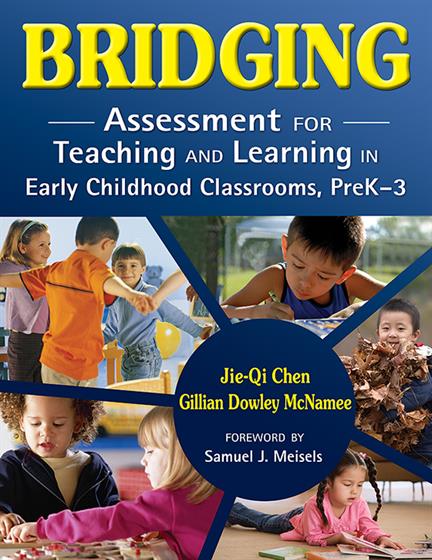Bridging
Assessment for Teaching and Learning in Early Childhood Classrooms, PreK-3
Foreword by Samuel J. Meisels
Use familiar classroom activities as an assessment tool!
This resource blends curriculum planning, implementation, and assessment into one seamless process, providing a practical, performance-based approach to early childhood assessment. The authors present 15 activities across five curricular areas—language arts and literacy, visual arts, mathematics, science, and performing arts—with guidelines for "bridging" observations of children to classroom teaching practices. The book offers ways to:
- Identify children's current learning and development status
- Determine which children are ready to learn in upcoming weeks and months
- Make informed instructional adaptations to meet developmental needs
- Train preservice and inservice teachers using a built-in facilitator's guide
Product Details
- Grade Level: PreK-3
- ISBN: 9781412950107
- Published By: Corwin
- Year: 2007
- Page Count: 352
- Publication date: August 14, 2007
Review Copies
This book is not available as a review copy.



